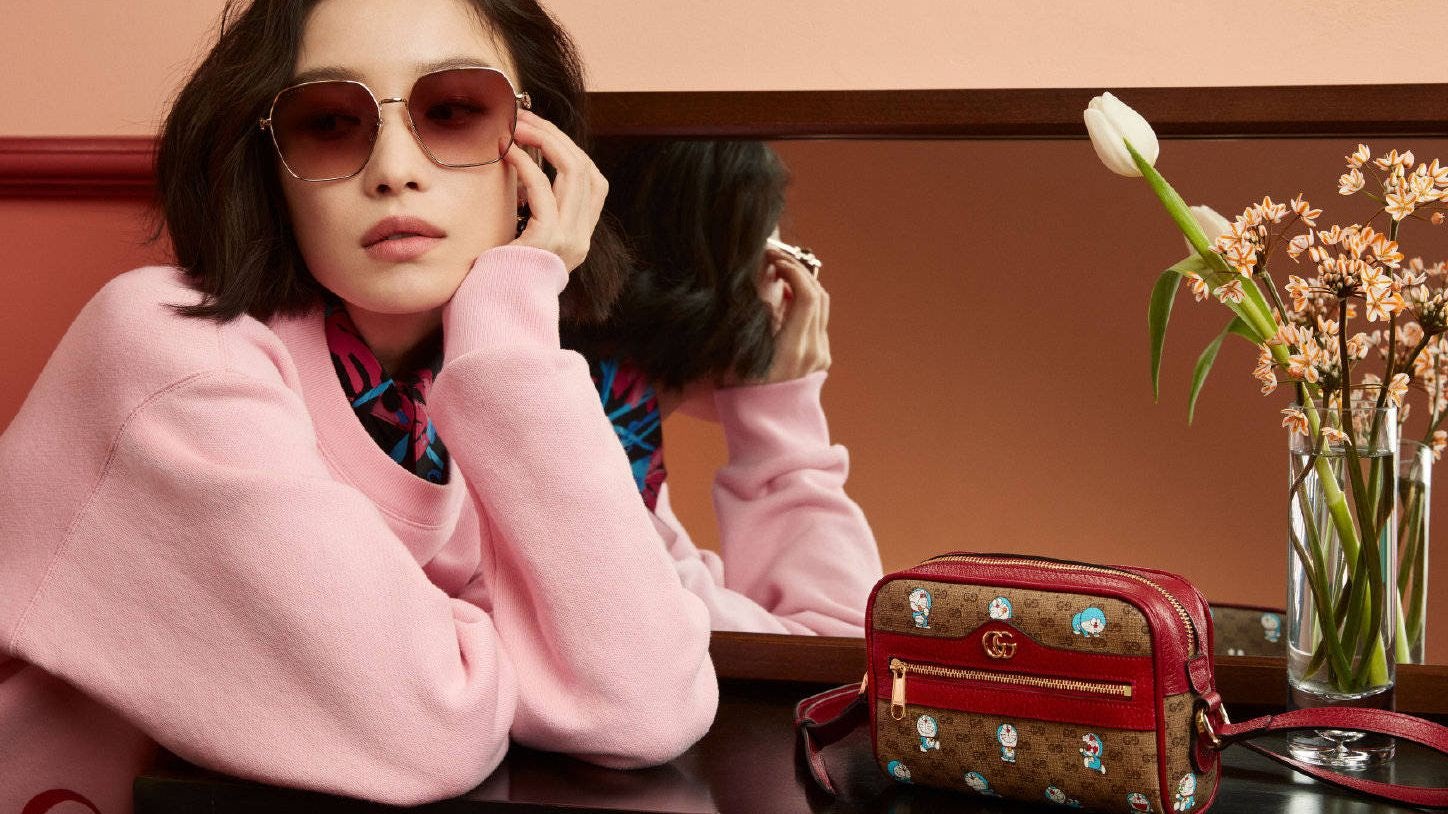Interested in learning more about this topic? Join Jing Daily and Sotheby’s on
Thursday, April 8 at 10am EST#
for our live webinar, How Popular Culture Has Redefined Luxury in China.
The discussion will be moderated by Enrique Menendez, Editor-in-Chief of Jing Daily, who will be joined by contemporary artist
Daniel Arsham#
, editor Ted Gushue, and Yuki Terase, Head of Contemporary Art, Sotheby’s Asia. Together, the panelists will explore the intersection between luxury and popular culture, look to the unique tastes of Chinese cultural consumers and how they have established a new utopia for luxury.
RSVP NOW#
EVENT PAGE#
Key Takeaways:#
China’s thriving pop culture scene didn’t develop organically or gain relevancy and universal appeal overnight. Surprisingly, it was built by the Chinese Communist Party.
The intersection of popular culture and luxury is not an aberration in China.
And finally, global luxury brands need to embrace a “Culture of Cool” to stay relevant.
China’s thriving pop culture scene didn’t develop organically or gain relevancy and universal appeal overnight. Surprisingly, it was built by the Chinese Communist Party. After the Cultural Revolution, Chinese leadership understood the need for soft power, among other things. And by 2007, at the Seventeenth National Congress of the Communist Party of China, Former Chinese President Hu Jintao acknowledged the importance of culture as a “more important source of national cohesion and creativity and a factor of growing significance in the competition in overall national strength.”
This forward-looking approach — using soft power and national cultural resources to rebrand China and boost its global reputation — has continued to be embraced and modified in China, with current president Xi Jinping, stating: “We should increase China's soft power, give a good Chinese narrative, and better communicate China's message to the world.”
The result has been impressive: popular culture in China has become a bonafide phenomenon and an unstoppable force to be reckoned with, as young Chinese intellectuals and creatives have designed a vigorous culture identity that has somewhat parted from the party’s ideology, and in its place, absorbed and mixed-up Western-style elements with Asian fundamentals to create something new and vibrant.
And global luxury brands have taken notice. But this is hardly surprising given the size and importance of China’s luxury market, especially China’s emerging Generation Z, which is projected to be the global engine for luxury consumption. This is a tribe that enjoys cool apps, streetwear, video games, and anime. They are the advocates of the collaborative economy, genuinely believing that luxury is for the masses. This has forced luxury brands to chase after Gen Zers in their natural habitat, in their “Culture of Cool,” where the intersection of popular culture and luxury is not an aberration in China.
In a cross-market examination of the luxury consumer, more than 5,000 high-income luxury consumers from China, US, UK, Mexico, and the United Arab Emirates were surveyed, with 75 percent of participants across all markets stating that "luxury has a different meaning today than it did to my parents' generation.”
However, various leading luxury brands remain devoted to the illusion of exclusivity and prestige despite the winds of change reforming the industry. And while they live on old glories and dwell on the past, younger consumers are redefining the meaning of luxury.
For example: a pair of OVO x Air Jordan 10s sneakers made of Solid Gold sold for 2 million, while a NFT-backed JPG file, created by Beeple (Mike Winkelmann), broke records when it was sold by Christie's for 69.3 million. Nowadays, NFT tokens are luxury assets and sneakers are trading like stocks.
How do we reconcile these changes in 2021?#
To avoid annihilation and irrelevancy, Western luxury brands should, to begin with, enable cultural diversity and embrace inclusion. Only the brands that represent conflicting values and voices will manage to connect with this generation of disruptors. Likewise, global luxury brands need to embrace the “Culture of Cool” to stay relevant through collaborative strategies in e-commerce, design unique social media campaigns, and rejuvenate their brand-driven storytelling capabilities.
Under the artistic leadership of Alessandro Michele, Gucci has become the epitome of a cool luxury brand. In China alone, Gucci has partnered with KOLs and idols, released capsule collections for special events like the Chinese New Year, and boosted consumer collaborations.
The British luxury brand Burberry is also gaining traction thanks to its trailblazing social retail store in Shenzhen, China, and its collaboration with Kris Wu and exclusive partnership with Tencent. And Rimowa caused quite a stir with its 2019 collaboration with Off-White, turning the German luggage manufacturer into a cult brand. Likewise, Supreme became the quintessence of the hip-hop culture by avoiding the overexposure trap. Supreme employs an anti-marketing campaign, appealing only to a niche audience.
In the future, luxury will continue to be redefined and revitalized by streetwear trends, contemporary and digital art, and omnipresent social media networks. Moreover, as cultural values change and modern societies become more comfortable with cultural diversity, popular culture will continue to mutate, gaining a new aesthetic and purpose that reflect social changes. And as for luxury brands, the smart ones will capitalize on this collaborative relationship between luxury and pop culture, hopefully turning it into another lucrative revenue stream, which in the end, is the point.

